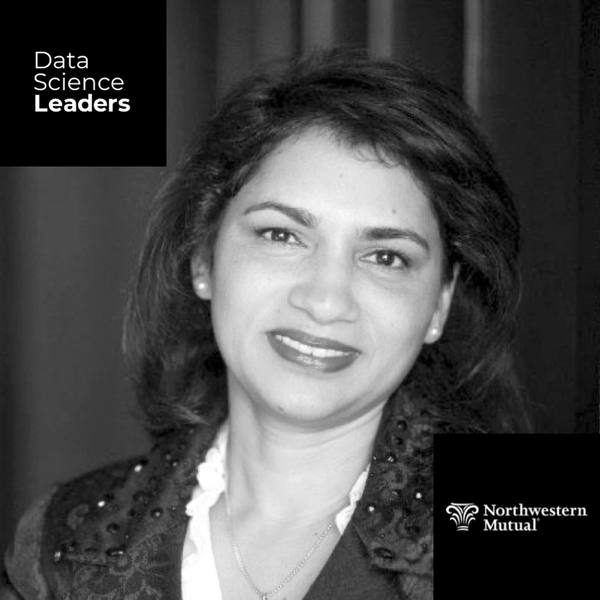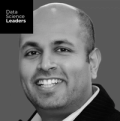episode 42
Governing Models and Structuring Teams in Highly Regulated Industries
Data Science Leaders | 30:10 | March 16, 2022

Listen how you want
Get new episodes in your inbox
Model governance is vital, especially in heavily regulated industries like insurance.
Strong governance can help ensure that key models are reproducible, explainable, and auditable—all important factors for both internal model development workflows and for external regulatory compliance. But the best governance strategy isn’t always obvious.
Anju Gupta, VP Data Science & Analytics at Northwestern Mutual, is a big believer in establishing model governance practices early, and she shares her thoughts on the topic in the episode. Plus, she talks about some surprising roles on her data science team and the unique value that comes from pairing actuaries with data scientists.
We discuss:
- How to establish scalable model governance practices
- The intersection of actuarial work and machine learning
- Roles you didn’t know you needed on your data science team
Popular episodes

James Cham
Partner, Bloomberg Beta
EPISODE 71April 11, 2024
Unlocking the disruptive potential of generative AI: a VC perspective
Listen Now | 28:49
Volodimir Olexiouk
Director of Scientific Engagement and Data Science Team Lead, BioLizard
EPISODE 70March 28, 2024
Overcoming the data challenges of AI-driven drug discovery
Listen Now | 36:49
Rahul Todkar
Head of Data and AI, Tripadvisor